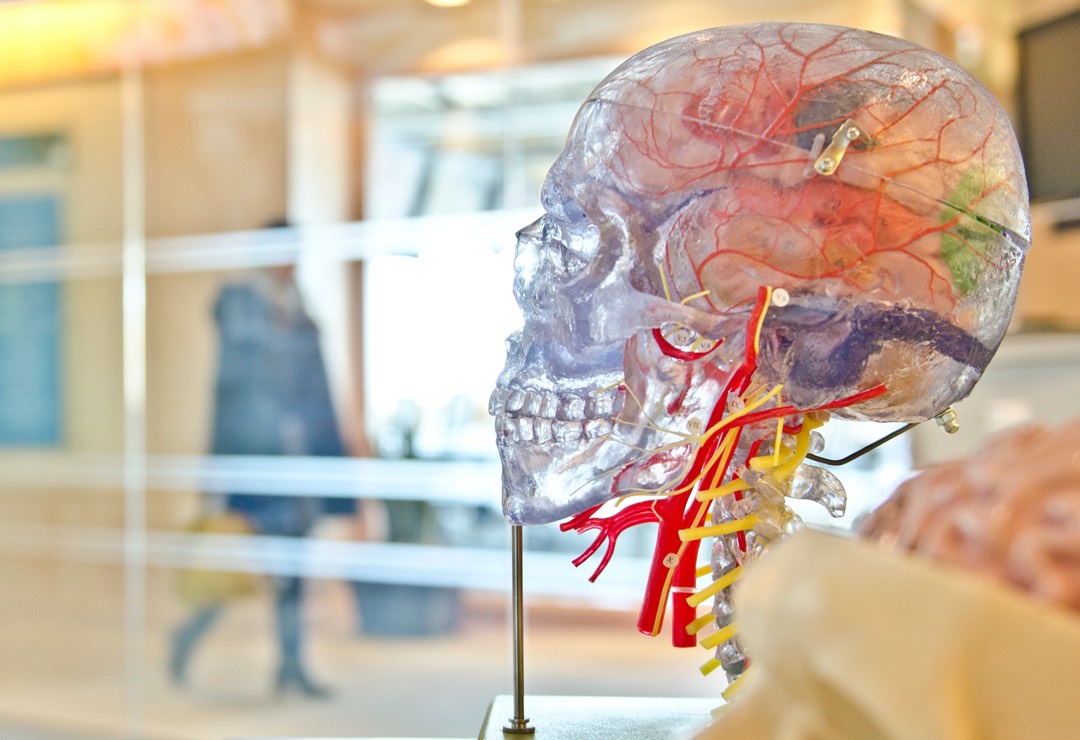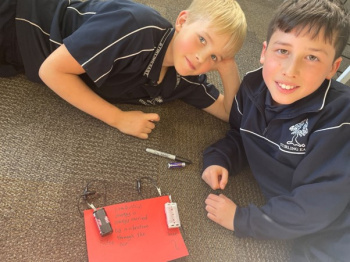
South Australian Science Teachers Association
Science Active School - Stirling East Primary School
Posted by SASTA
on 19/02/2024

Years awarded: 2023, 2024 & 2025
What Makes Stirling East Primary School a Science Active School?
- Having a SASTA personal member on staff
- Participating in the Oliphant Science Awards
- Staff member attendance at the SASTA annual conference.
- Staff member presenting at a SASTA conference
Science teacher, Sarah Finney, shares some of the science programs that are happening in their school and what being a Science Active School means to them.
We believe we promote the following understandings of science at our school.
Science:
- captures curiosity
- helps to develop creativity
- is fun
- provides real solutions to problems
- is for everyone
- is respectful of Aboriginal knowledge
SCIENCE CAPTURES CURIOSITY AND DEVELOPS CREATIVITY
We understand that students come to us being curious. It is our job to work with student’s natural curiosity and guide them to continue asking questions of their surroundings to work at building a brighter future.
At SEPS we have established a culture of Science that extends throughout the school and students are encouraged to use their curiosity and creativity to solve problems from an early age.
 |
 |

SCIENCE IS FUN
Students in years 3 and 4 have been looking at Physical Science. Students have enjoyed working in a hands-on way to explore different forces. Particular favourite activities have been a tug-of-war and making parachutes, as well as making cars from recycled materials which we linked with technology.

SCIENCE PROVIDES REAL SOLUTIONS FOR EVERYONE
A major approach in the school is to create an understanding that using science can solve real problems for everyone.
Science was used as a method for solving a real life problem last year when the Years 4 and 5 looked at transforming a barren and muddy messy area into a Frog wonderland. It was not an easy task. They planned and researched the local frog “community” and discovered which native plants grew there before the school was built.
They took photos of the area from above and then went about organising where they could create a water area to work with the natural flow of water in winter.
Rocks were moved, a hole was dug and mountains and mountains of mulch was put in the area. Grasses were planted and native plants. Logs were added for the frogs and stumps to turn it into a natural play area as well. A large rainfall helped determine where the overflow would go and the best place for the different depths of the pond area.
Plants, pebbles, bird feeders and rocks were donated by the families. Students work on the area weekly, with many coming early to school to ensure it remains tidy and well-watered.
Students are now working with an Aboriginal artist, and Isabelle (an Aboriginal student) to design and decorate the bench near our classroom to commemorate development of the area. The idea is that classes will be able to come down and work in the area as well as students relax and play.
WE RESPECT ABORIGINAL PERSPECTIVES AND THE ENVIRONMENT
Our YELP, (Youth Environmental Leaders’ Program) Group has worked to establish a Reconciliation Garden that features locally native plants used by Kaurna and Peramangk people for technology and food. The group has met weekly during lunchtimes to investigate locally indigenous plants. They have worked with governing council to organise fundraisers, communicated with hardware stores, written grant applications and planned the location of the garden.
Jeremy from Green Adelaide assisted them to test the pH and friability of the spill and helped them select local plants.
They have organised for each class in the school to plant one plant, and to produce one web page that will be linked to a sign, accessible via QR code so that the area becomes a living library and a resource of local aboriginal science and technology.
David Booth, Aboriginal artist, is working with each class to develop signage using culturally appropriate symbols and messages.
Our YELP group has also been responsible for implementing a recycling program at the school to work towards a more sustainable school.

WE CAN ALL BE SCIENTISTS
During Years 5 and 6, students complete their own scientific inquiry. Deep and explicit teaching of the scientific method and fair testing is required to do this effectively and students are encouraged to generate their own questions to explore. Students construct and test scientific knowledge by collecting, investigating, developing, analysing or evaluating their own problems, concepts, situations. The science is contextual, engaging and relevant to the students’ lives. The learning affords students the opportunity to enter the Oliphant Science Awards, and culminates at school with a science evening, during which, science experts are invited to offer both written and oral feedback to the students.
We aim to develop in students the confidence and ability to use scientific knowledge and processes to make informed decisions or to develop solutions to problems by delivering explicit and scaffolded lessons in the Scientific Method in conjunction with the Inquiry method of teaching.
 |
 |
Do you think your school has what it takes to be a Science Active School? Apply here!
Archive
- December 2025
- November 2025
- October 2025
- September 2025
- August 2025
- July 2025
- June 2025
- May 2025
- April 2025
- March 2025
- February 2025
- January 2025
- December 2024
- November 2024
- October 2024
- September 2024
- August 2024
- July 2024
- June 2024
- May 2024
- April 2024
- March 2024
- February 2024
- December 2023
- November 2023
- October 2023
- September 2023
- July 2023
- June 2023
- May 2023
- April 2023
- March 2023
- February 2023
- January 2023
- December 2022
- November 2022
- October 2022
- August 2022
- July 2022
- June 2022
- May 2022
- April 2022
- March 2022
- February 2022
- January 2022
- December 2021
- November 2021
- October 2021
- September 2021
- August 2021
- July 2021
- June 2021
- May 2021
- April 2021
- March 2021
- February 2021
- January 2021
- December 2020
- November 2020
- October 2020
- September 2020
- August 2020
- July 2020
- June 2020
- May 2020
- April 2020
- October 2018
- September 2018
- August 2018
- July 2018
